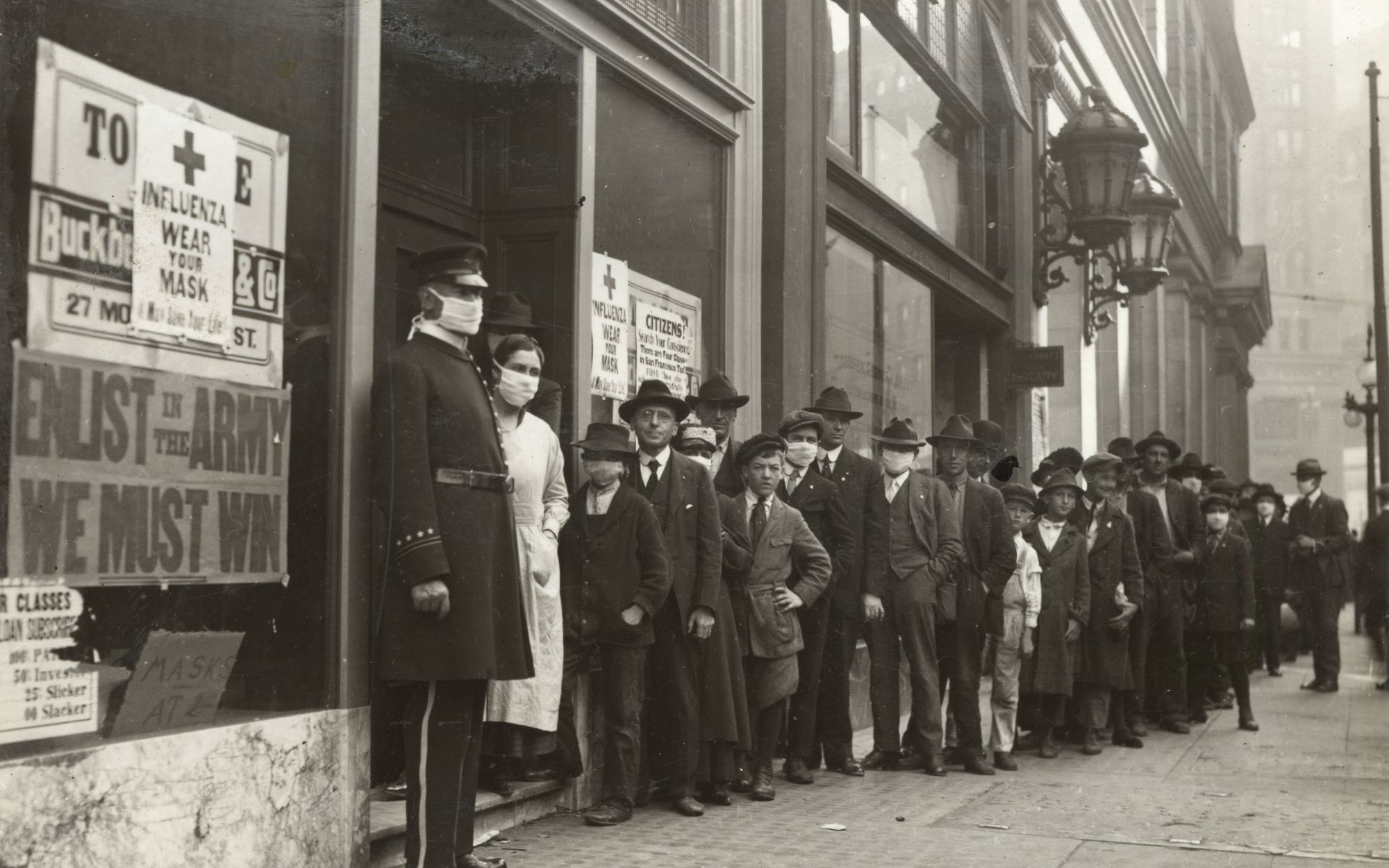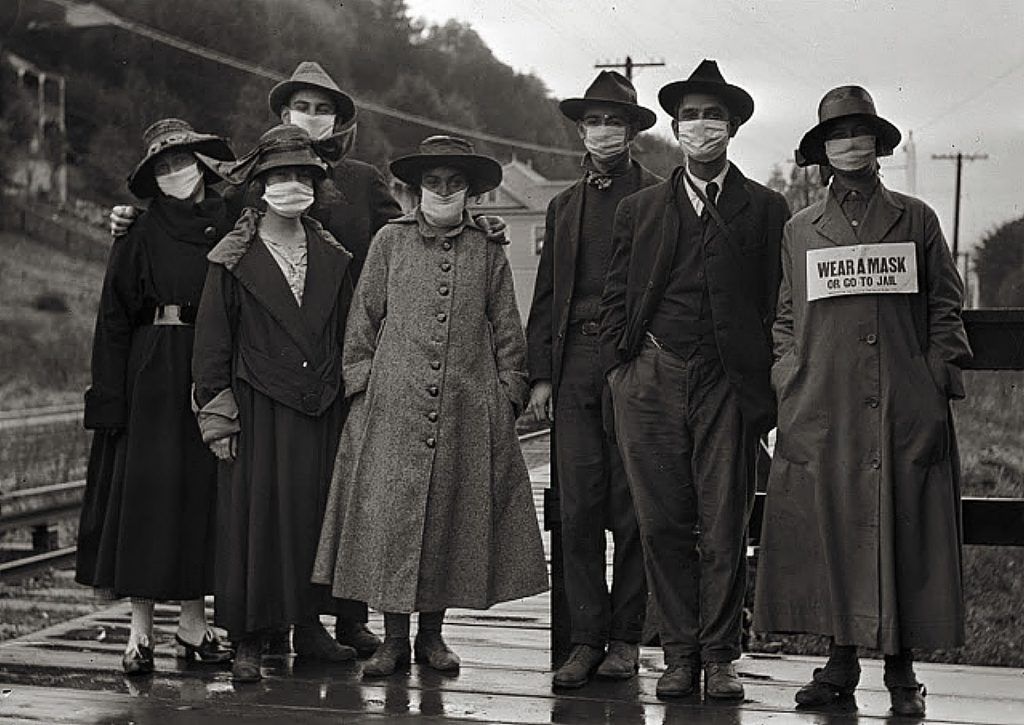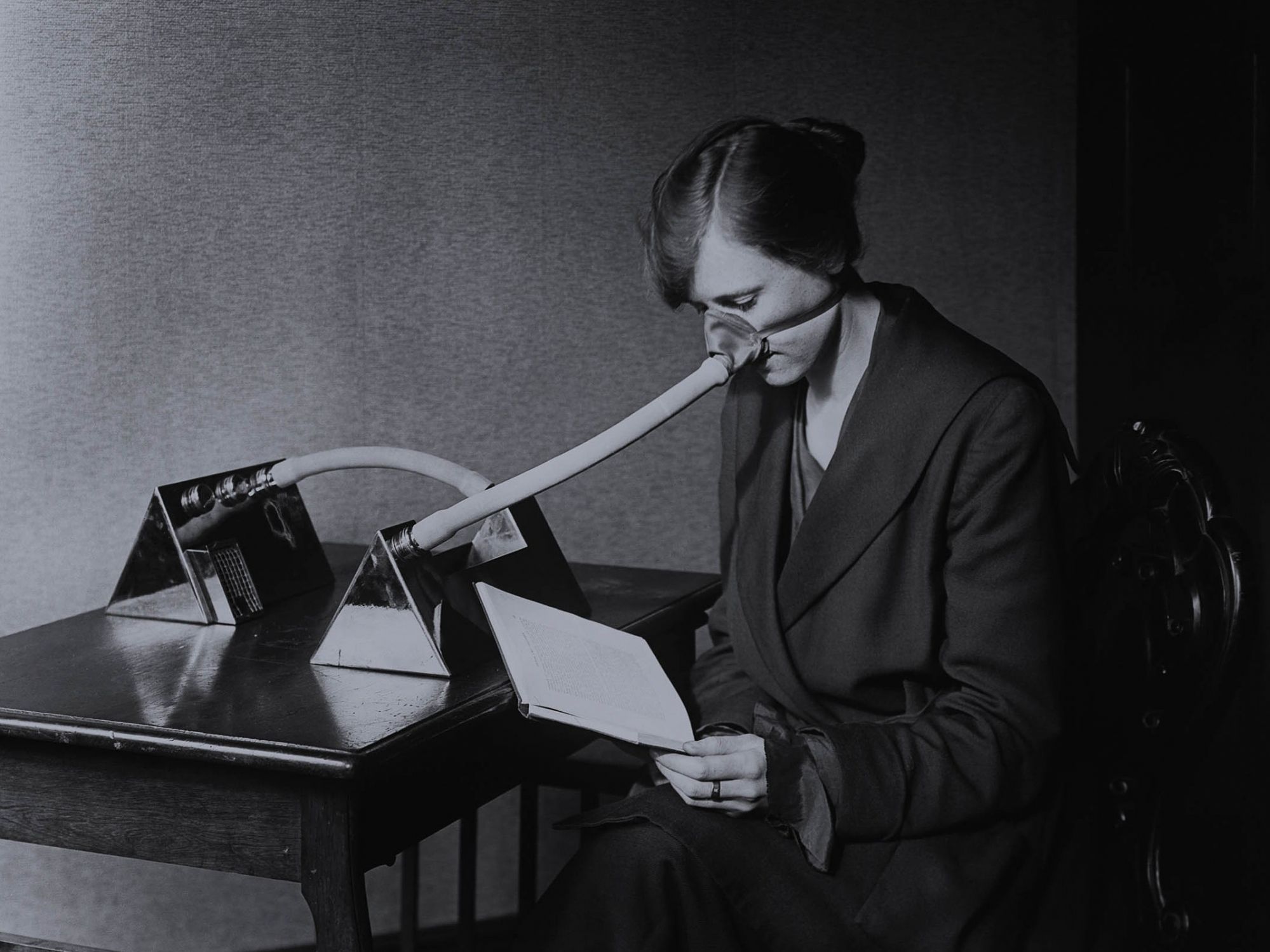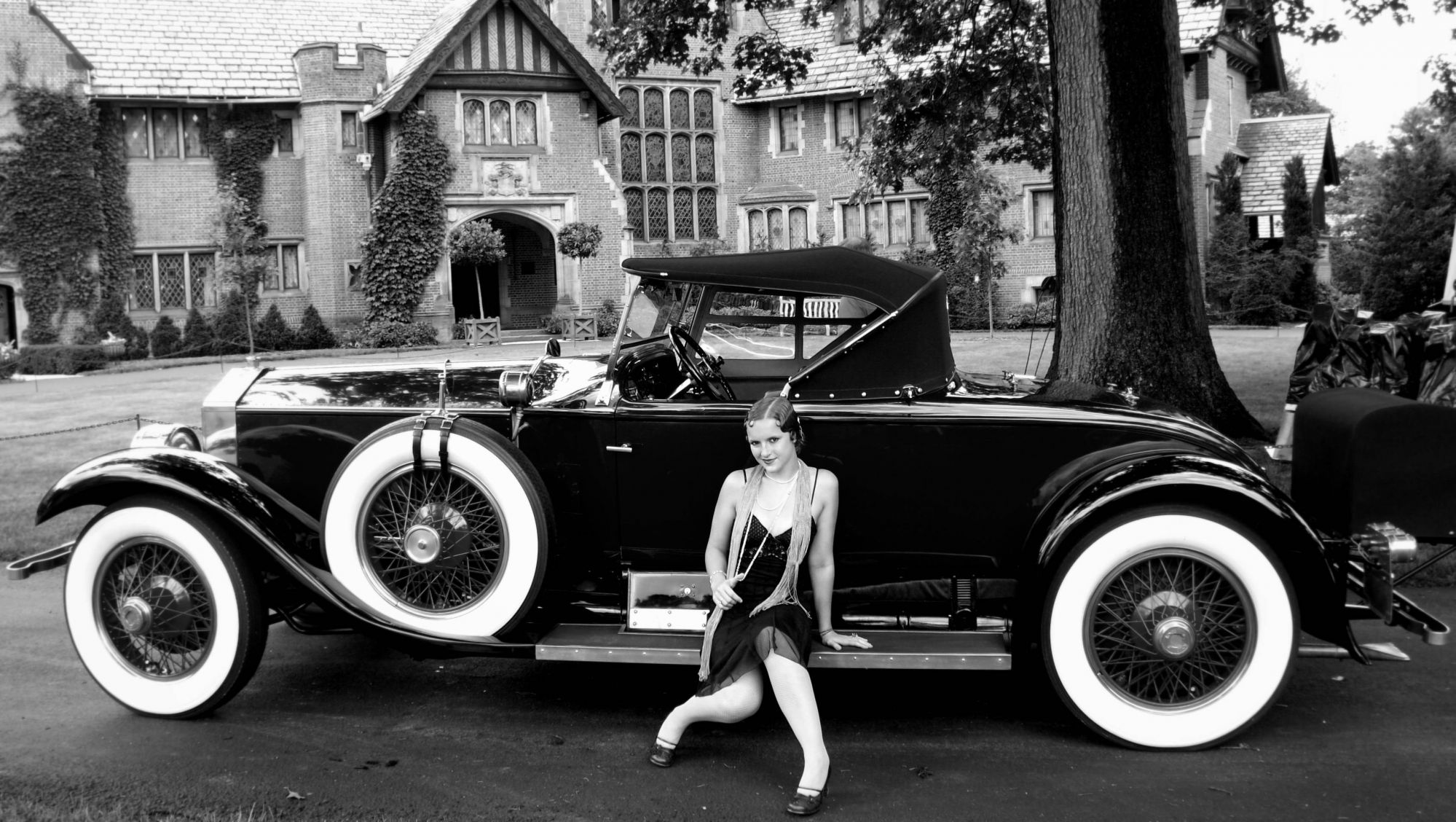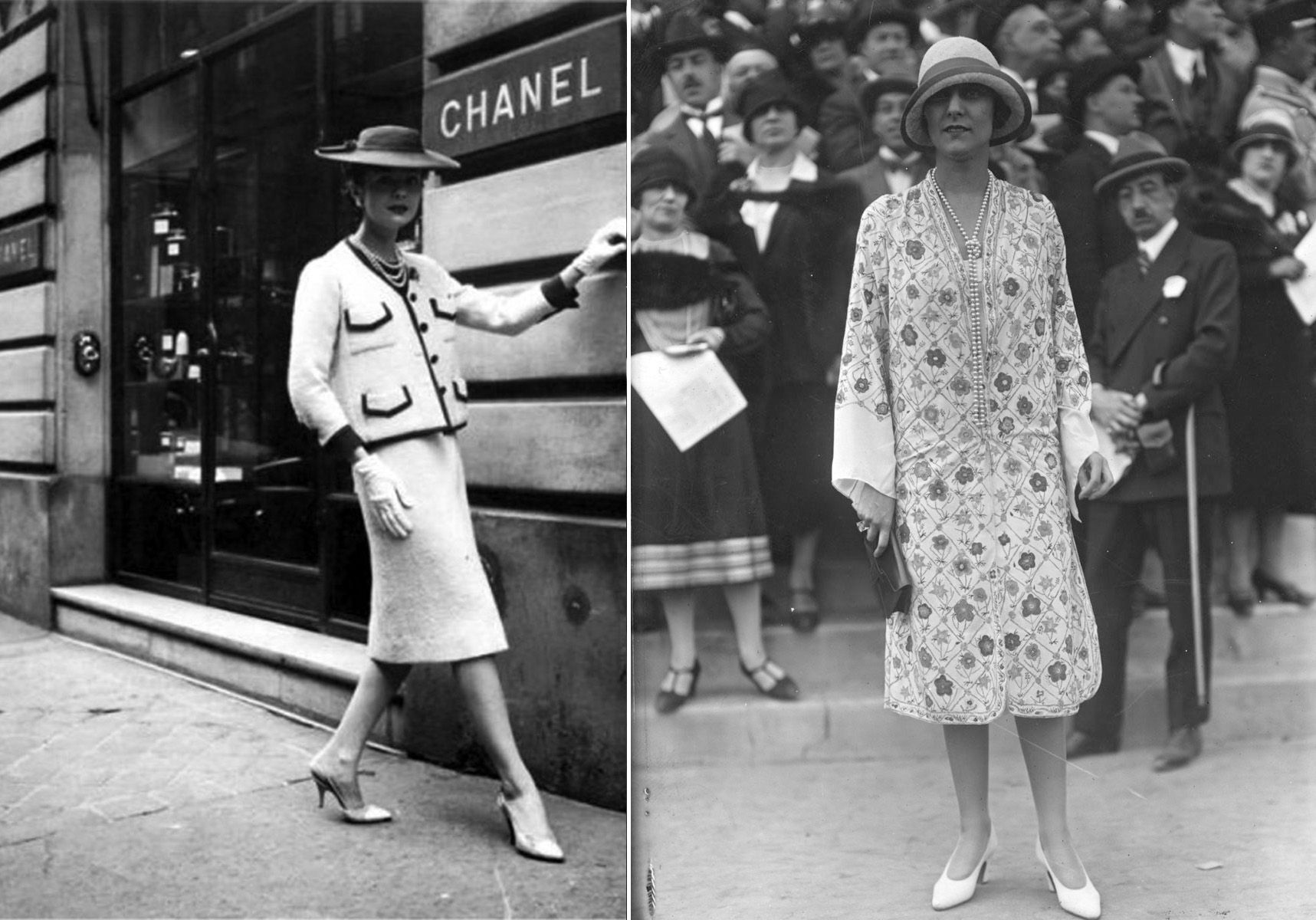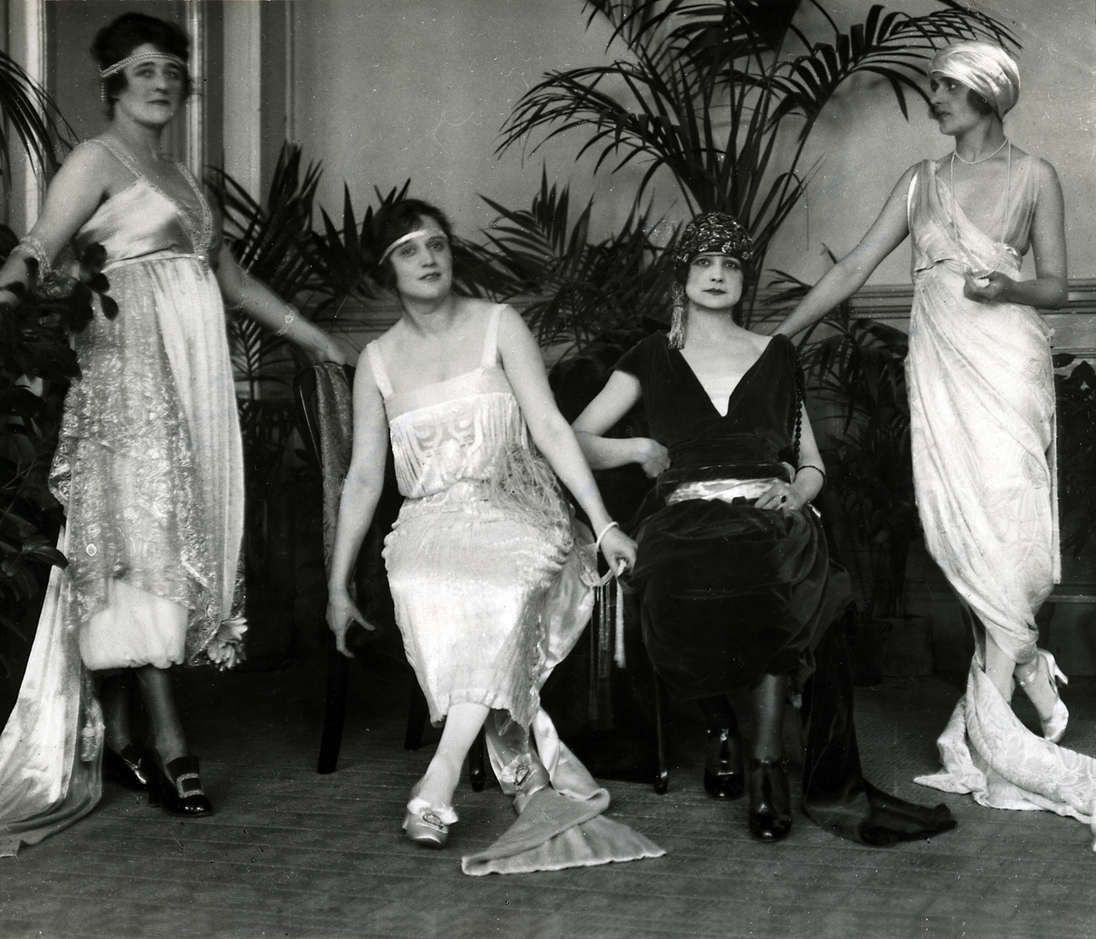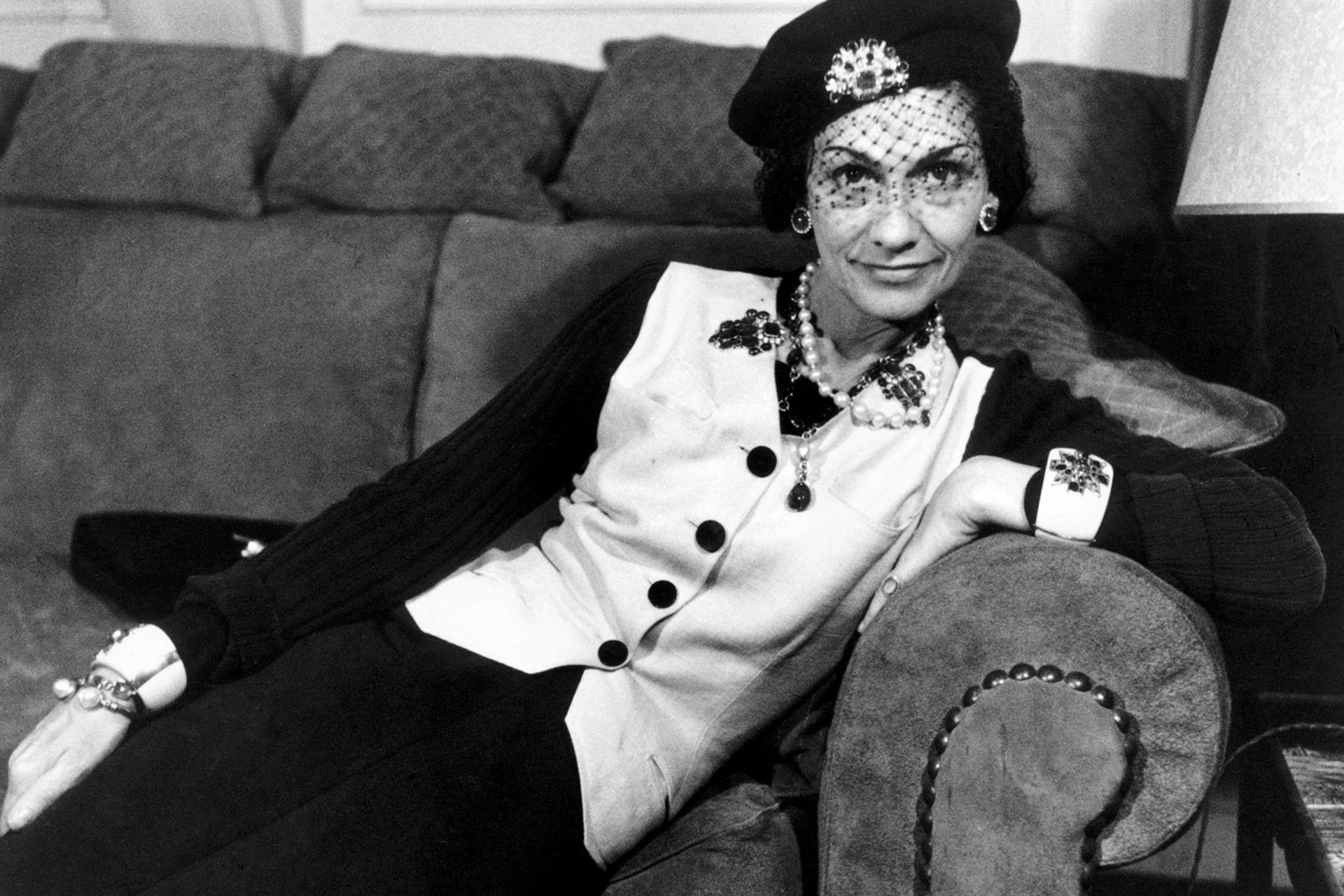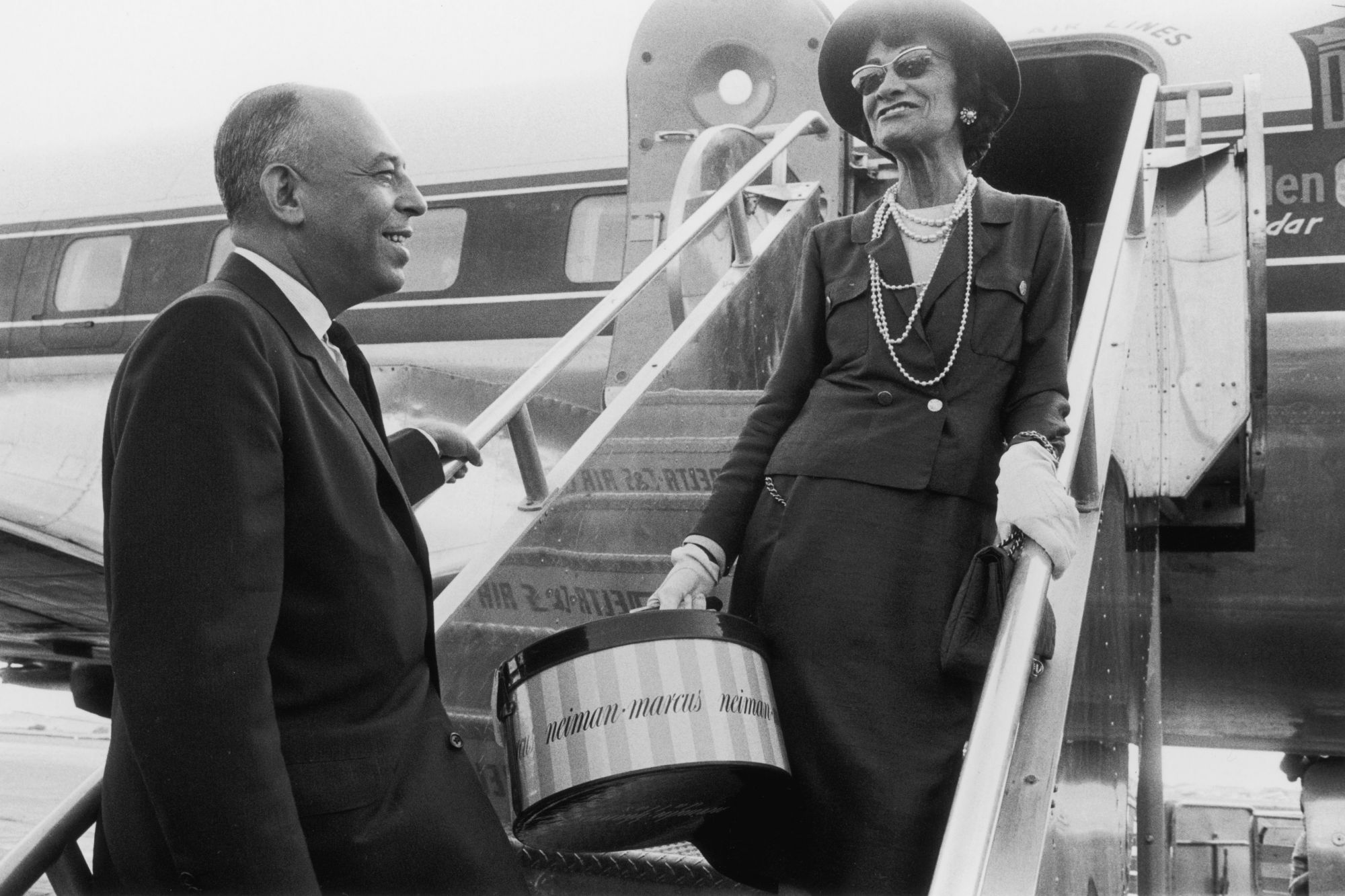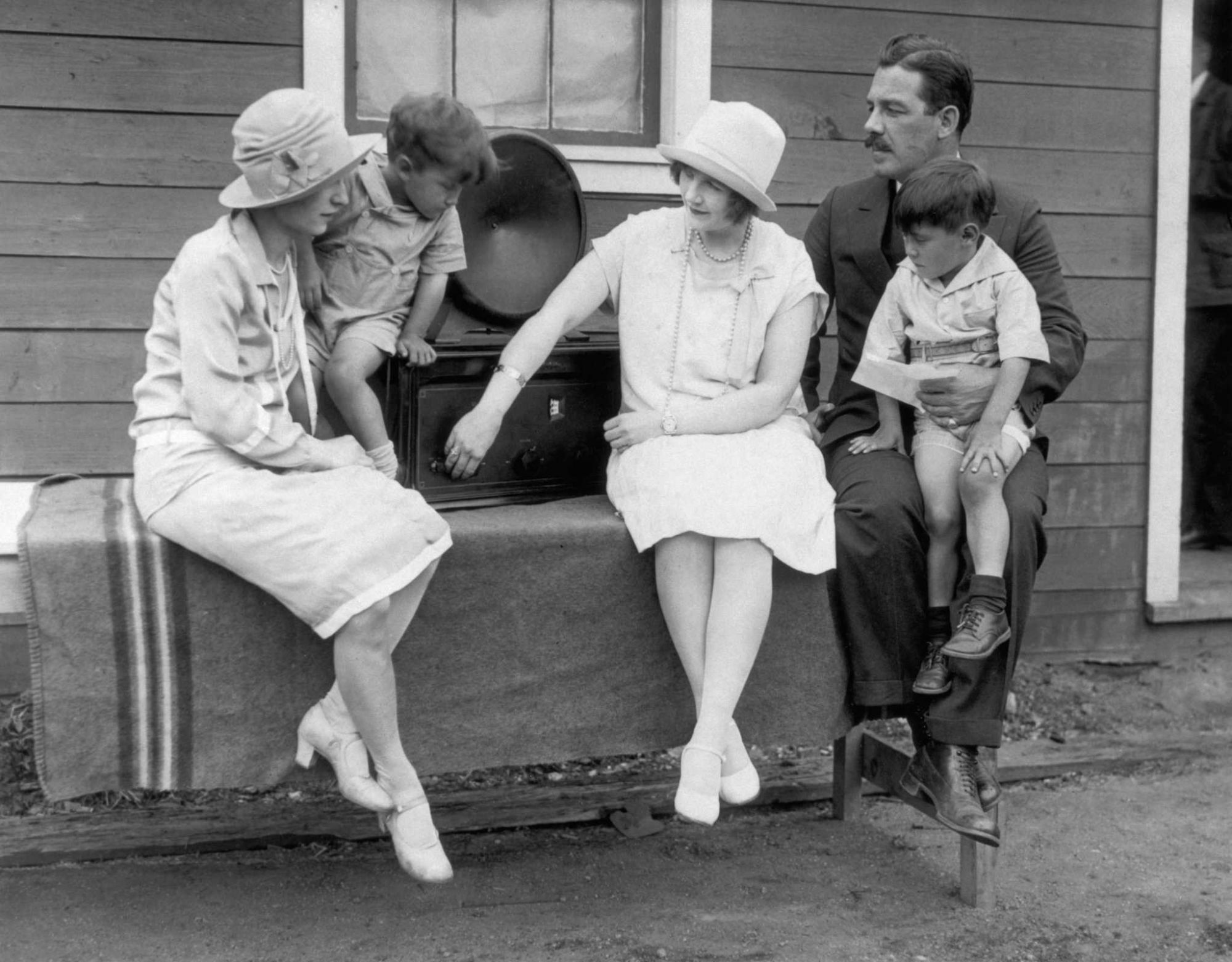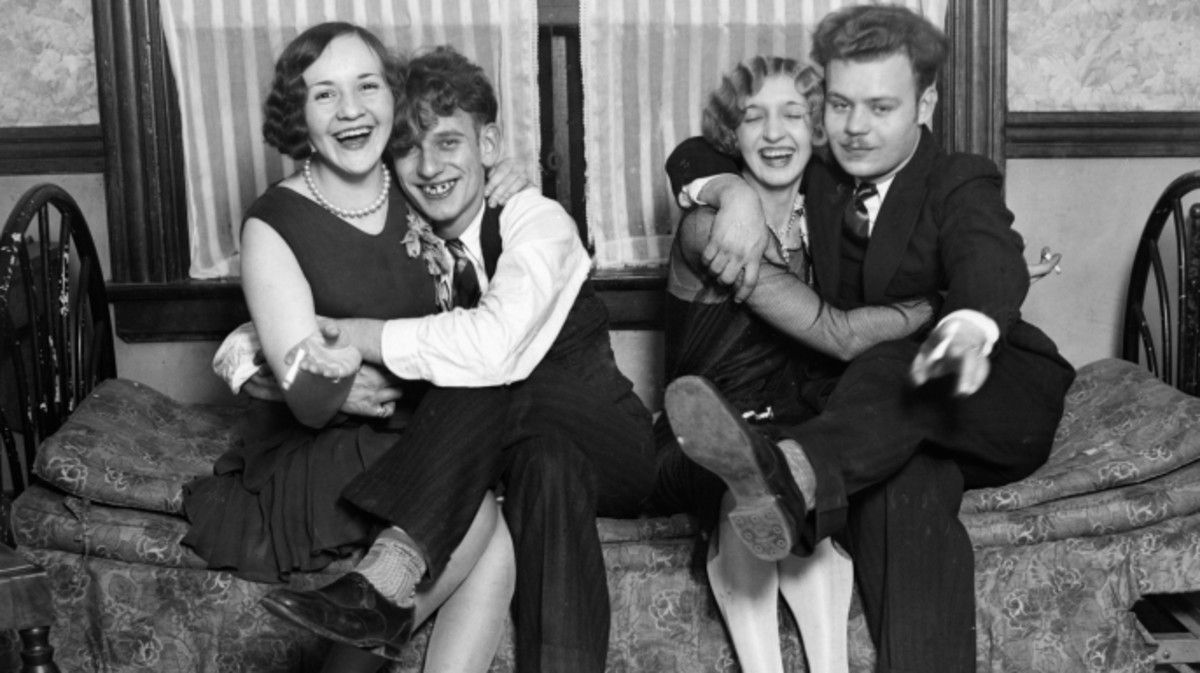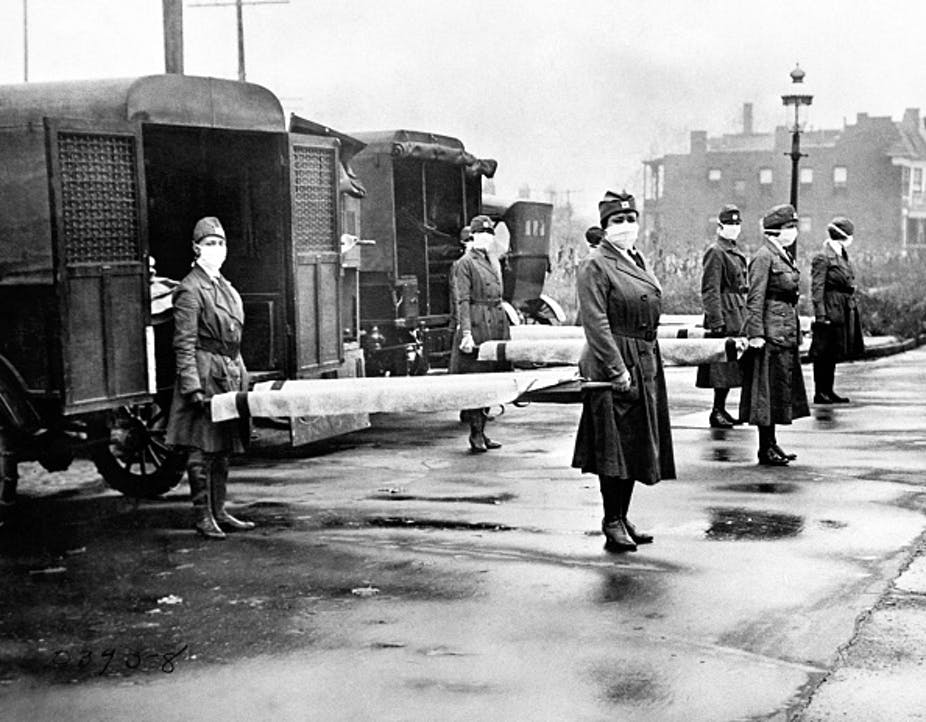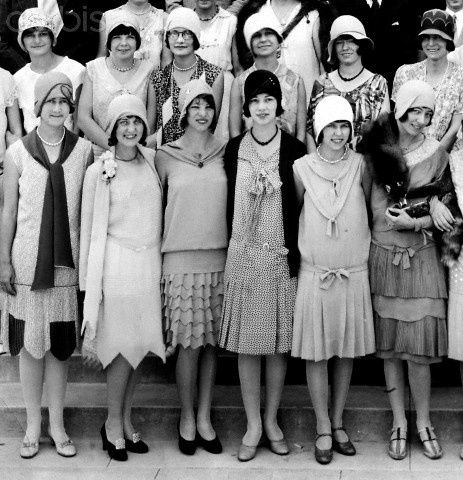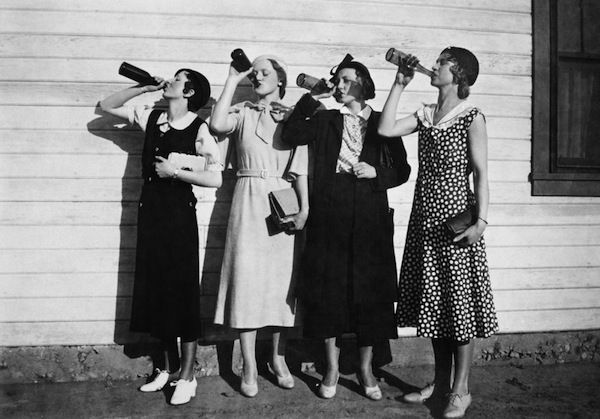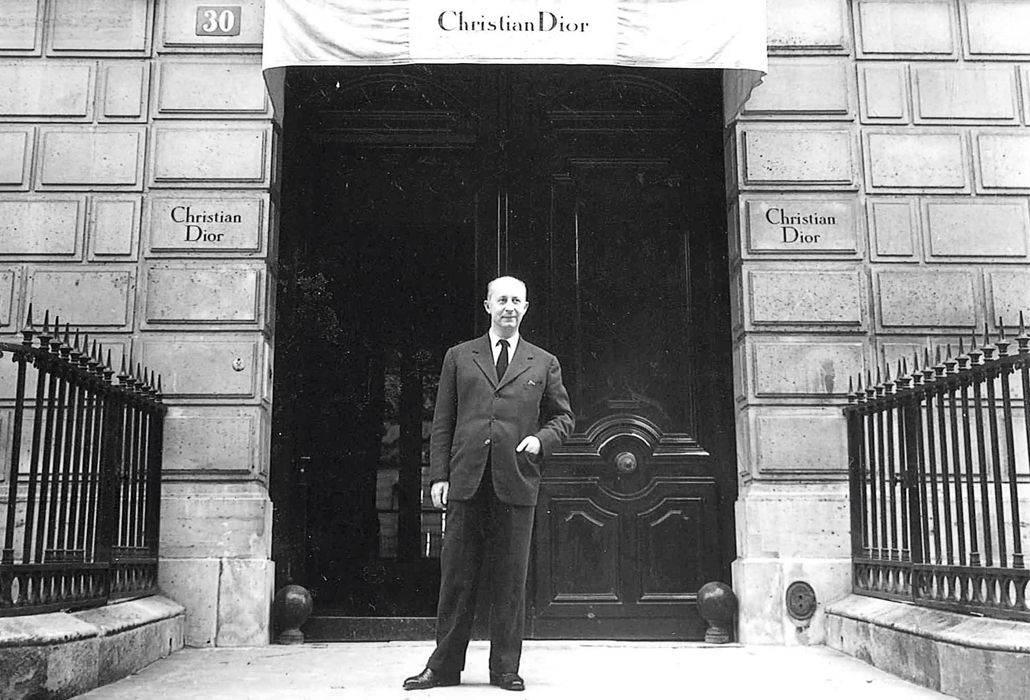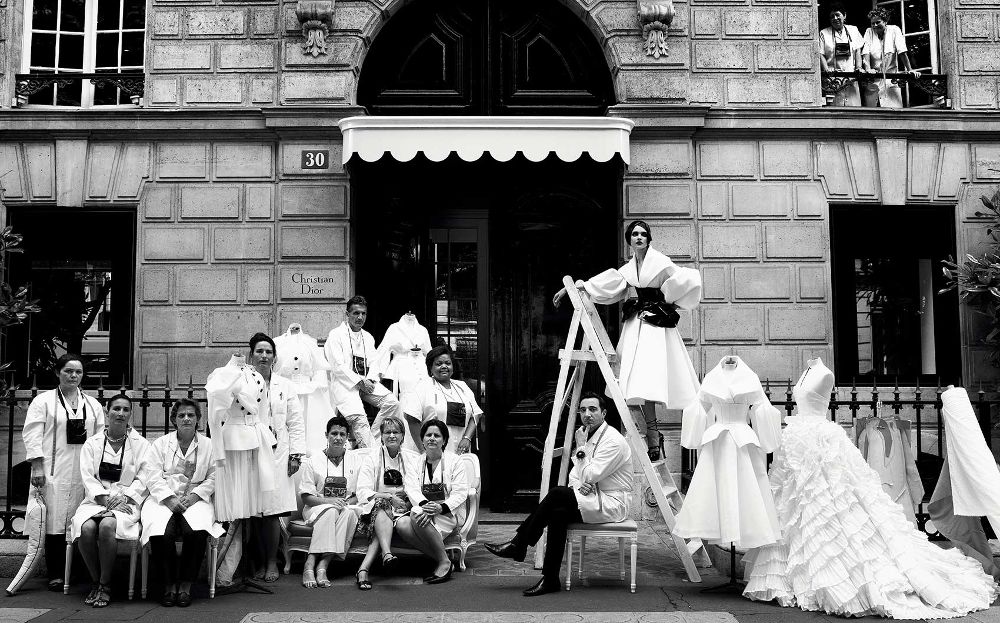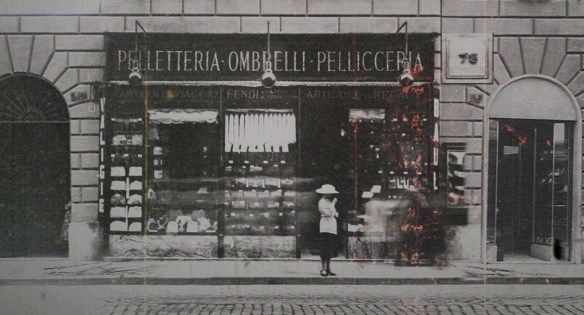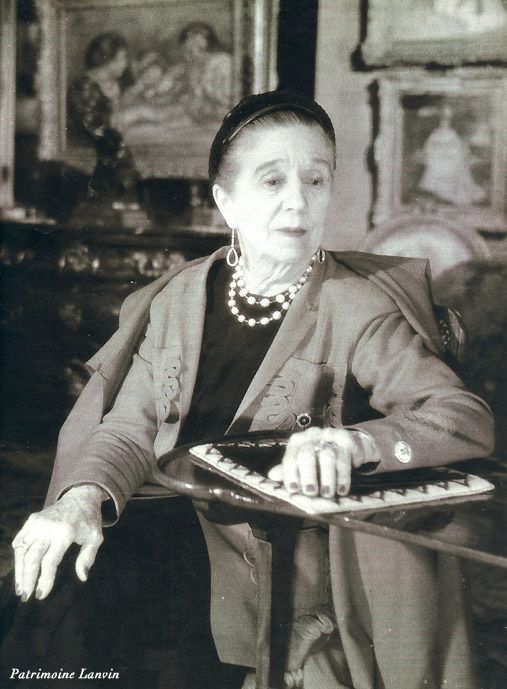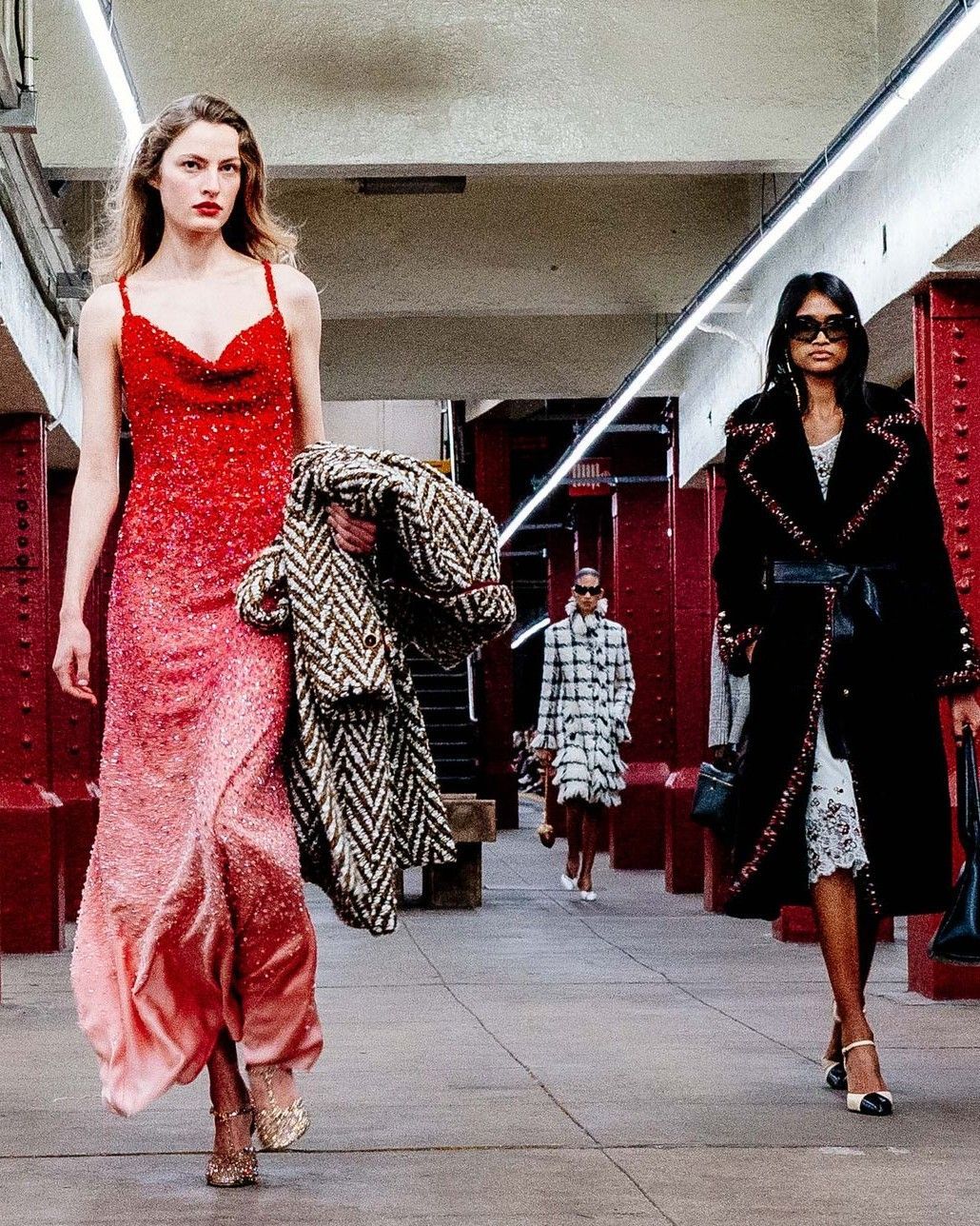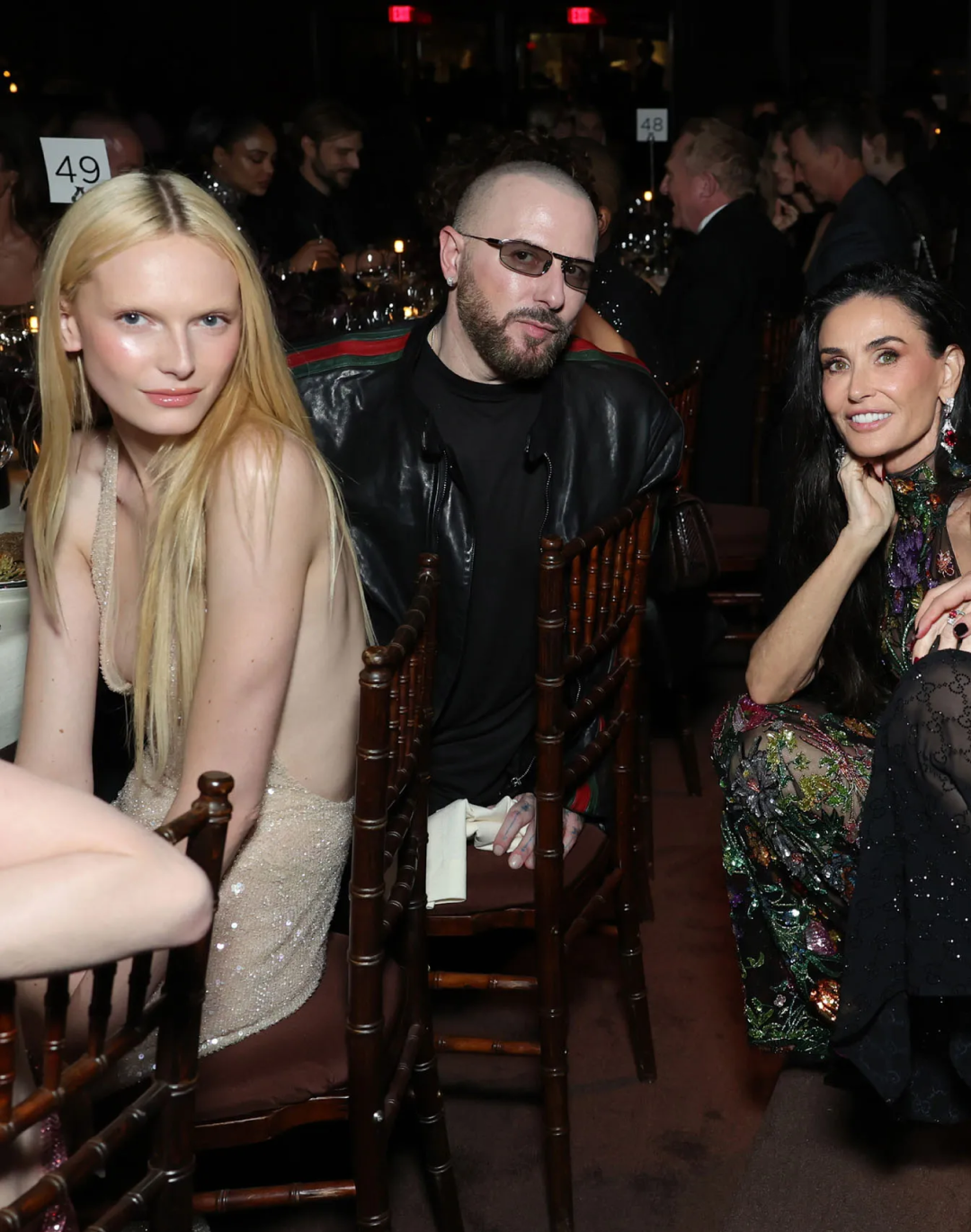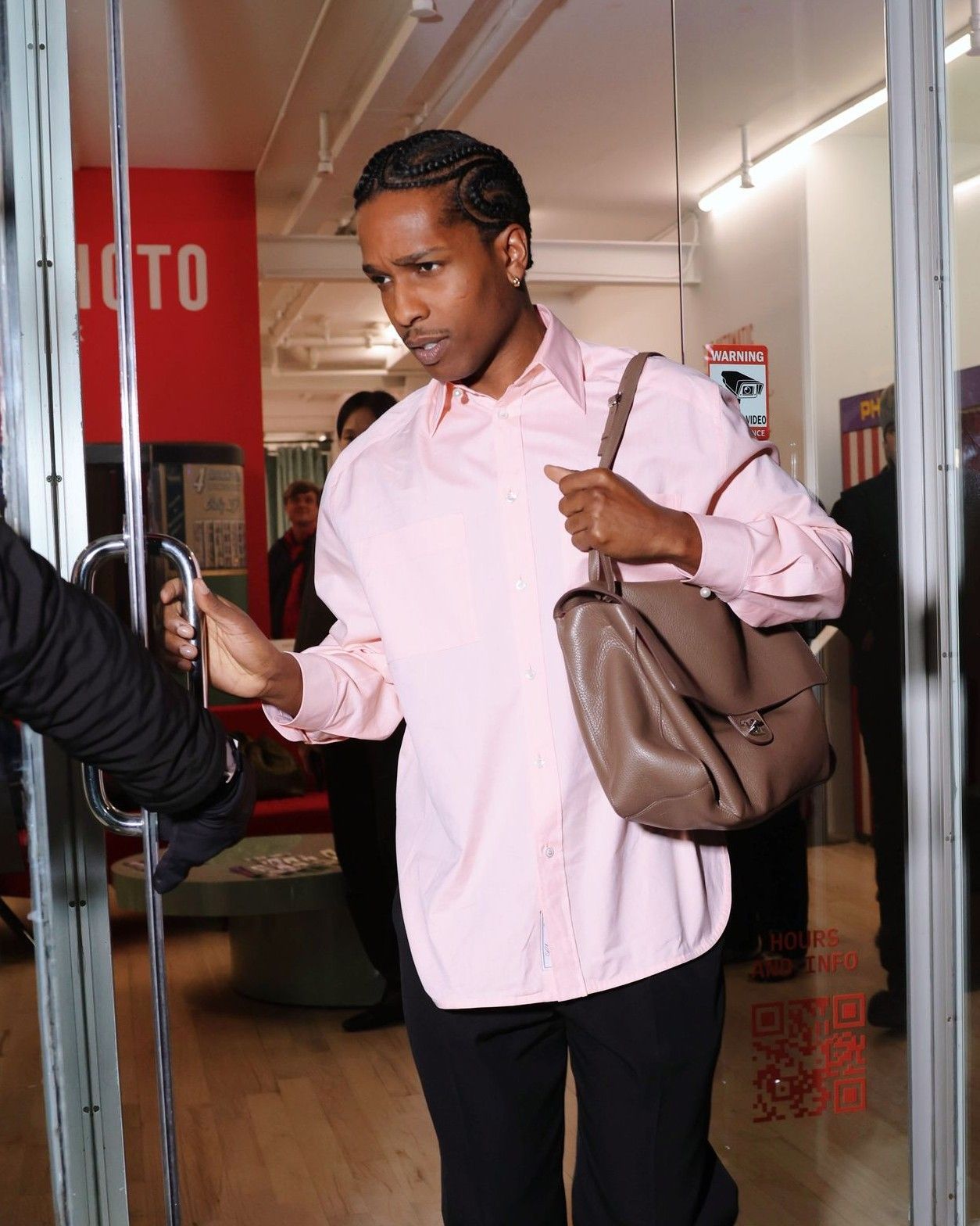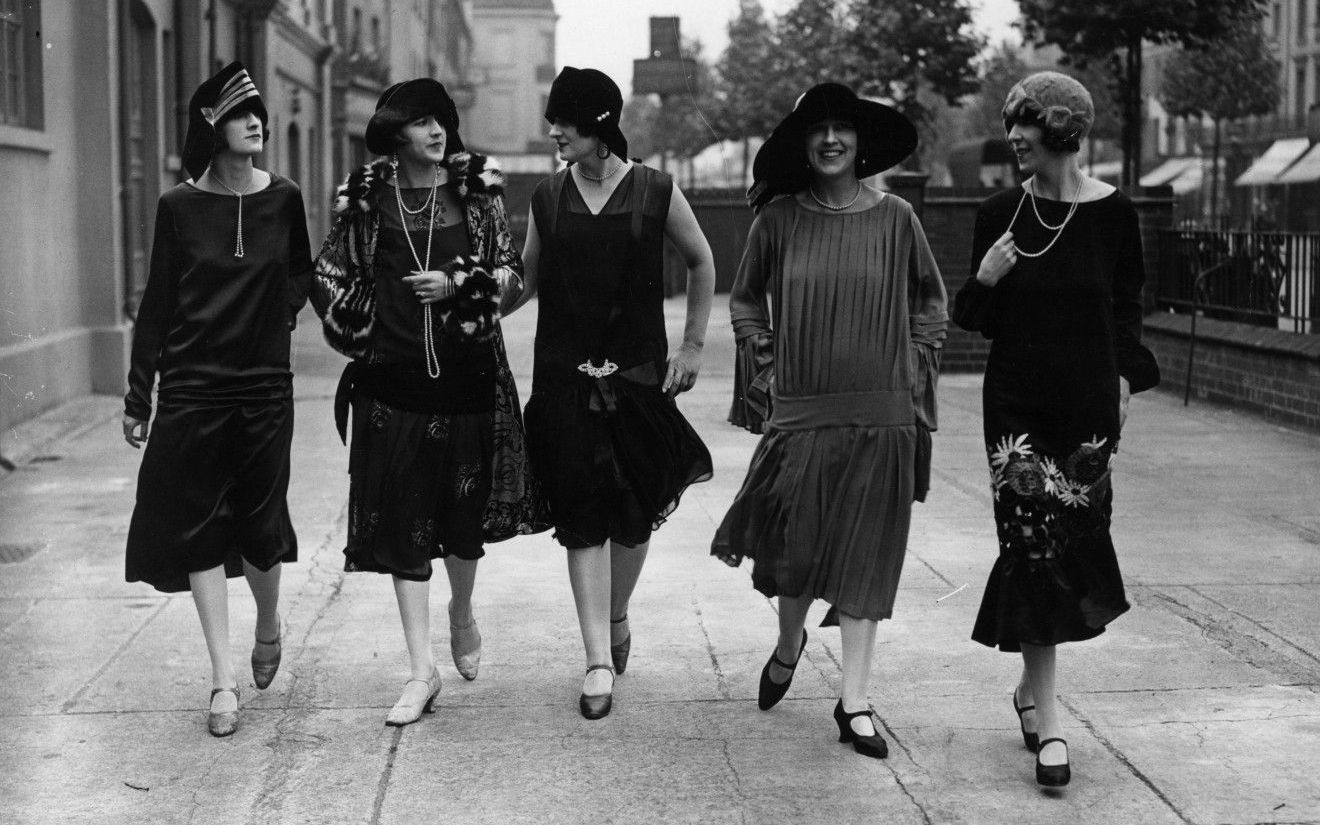
How the Spanish flu influenced the creation of haute couture as we know it today The worst pandemic in modern history marked the dawn of some of the most iconic fashion houses
Pandemics within our society create an effect that in a way is similar to that of an earthquake. We are fully aware of the possibility that it might happen, yet we can never be fully prepared for the effects that it may have. It arrives suddenly, starting with a small crack then before you know it, those become devastating gaping holes within the earth which take months or even years to recover from. In the case of a pandemic, the largest holes are the grave number of deaths & the effect it may have on the economy. Nothing usually goes back to normal afterwards, but there are which occur either for the better or the worst. We’ve seen in the case of the world’s deadliest pandemic, the Black Plague of the 1300’s, that the pandemic’s effect on the economy sparked the beginning of luxury spending and many are wondering what effects the COVID-19 might have on us. Another case study is that of the Spanish Flu, after taking millions of lives, things then took an interesting turn for the better, resulting in the spark of a historic era of the 1920’s where the economy thrived and fashion houses like Chanel, Gucci e Fendi were at their prime.
In taking a closer look we note that the Spanish Flu of 1918 is the virus ranked as the deadliest pandemic in modern history. Occurring immediately after the first World War, within two years the virus took the lives of at least 50 million people, adding to the already sinister death toll of 22 million caused by the war.Throughout the span of 2-4 years, not only were millions of people across the world killed, but because of the nature of the virus many countries were under strict quarantine, which left civilians across the world confined to their homes for over two years. Expectedly, people being stuck at home, not being able to work would have its negative effects on the economy. During the war, there was a seven month recession which shrunk the economy by 25%, and immediately after the pandemic ended in 1920, it resulted in a financial depression which lasted for around a year. During this period unemployment rose to around 8.7% and stocks fell dramatically. However, the aftermath of this was one of the most innovative periods the world has ever seen and it’s known by many today as the Roaring Twenties.
This period from 1921 - 1929 saw the invention and popularization of new technological innovations such as the automobile, the radio, the refrigerator, the electric washing machine, the jukebox etc, and as a result, there was a massive boom in spending in America which also affected the global stock market. The most active cities during the roaring 20’s were major capitals like New York, Chicago Berlin, Paris & London. Historians say this impact was simply because after the pressure of the war and the pandemic, many people wanted to simply have fun and spend money. According to Dr. Jessica Spector, a Yale University professor of alcohol history, cocktails, and ethics, and a scholar of intellectual history and drinks culture, these new inventions brought people together like no other:
“You’ve got people listening to the same music and watching the same pictures; all of a sudden people can share a culture.”
This was also the time when women were given the right to vote in the United States. This new found freedom and desire to have fun, caused a shift in female fashion. It was the birth of a new woman who abandoned the traditional corset silhouette for something much more freeing. Dresses were shorter, looser with a lower or non existent waistline and more revealing aspects like short sleeves and lower bust lines as trends moved further away from the Victorian era of dressing. This new demand for new clothing, called for the birth of the fashion industry as we know it today and also for the dawn of the golden age of Haute Couture in Paris.
Many fashion houses and designers & couturiers began their journey during this period — Gabrielle “Coco” Chanel became popular in Paris for flapper fashion; Jeanne Lanvin also thrived with her Parisian couture brand Lanvin; Gucci launched in Florence in 1921; Elsa Schiaparelli returned to France to start her business and the house of Fendi launched in Rome in 1925. This was also the period when fashion shows formerly known as “fashion parades” became popular as designers began showcasing their collections with an audience in their stores.
In summary, this period was of great importance in the development of the fashion and entertainment industry. Which would also serve as a valuable lesson for us in the future, not only because of the positive outcome the pandemic eventually created, but also to keep in mind that at the end of this cultural renaissance in 1929 the world experienced its most severe economic depression in history.











































